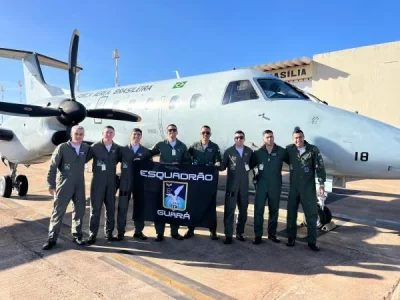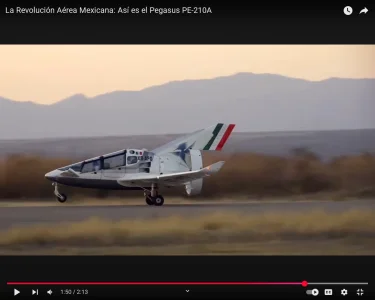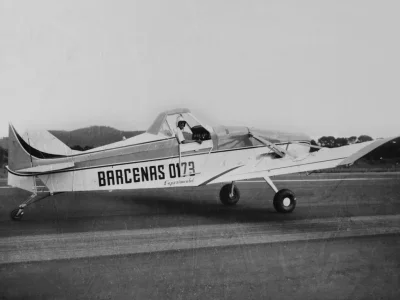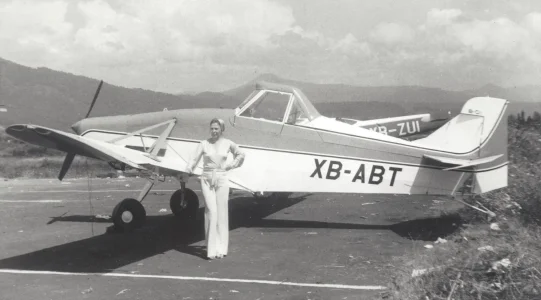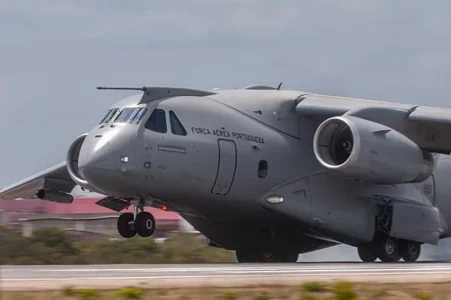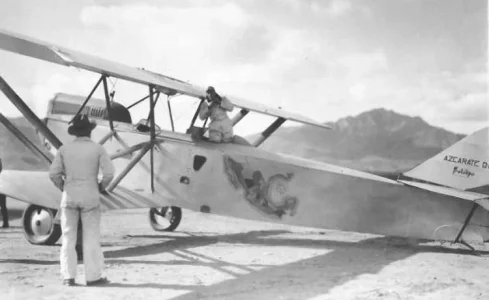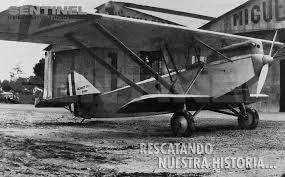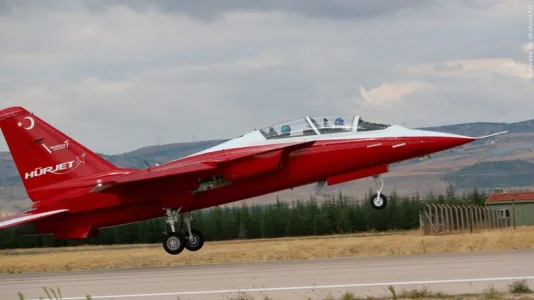- Joined
- Jul 3, 2024
- Messages
- 1,702
- Likes
- 2,289
Budgetary Problems at FAdeA Complicate IA-63 Pampa III Production and K/C-130H Hercules Modernization for the Argentine Air Force
By Editorial Staff - June 7, 2025
In recent days, the signing of a new contract was confirmed between the Argentine Aircraft Factory "Brigadier San Martín" (FAdeA) and the Argentine Air Force for the production of the IA-63 Pampa III advanced training aircraft and the modernization and maintenance of the Argentine Air Force's K/C-130H Hercules transport aircraft. The agreement, which still requires final administrative approval from the Ministry of Defense and the Chief of Staff, contemplates an investment of approximately $112 million. However, the history of unfulfilled contracts and the critical situation facing FAdeA raise doubts about the program's execution.
The contract provides for the completion of three new IA-63 Pampa III aircraft, the modernization of three units to Block II standards, and the maintenance of three C-130 Hercules. A 30% advance payment is included for the purchase of supplies and spare parts, with an estimated execution period of three years.
Since 2015, FAdeA has maintained a constant relationship with the Air Force regarding the Pampa III, although marked by interruptions, delays, and successive renegotiations. Among the factors affecting production are political changes, budgetary restrictions, and logistical problems. Within this framework, a dozen aircraft were delivered between 2015 and 2024, including both new and modernized units.
The current administration faces a particularly delicate situation. FAdeA is under a Preventive Crisis Procedure, with an 80% salary reduction and rotating 90-day suspensions. This situation compromises its operational capacity and puts pressure on compliance with the new contract, signed at the end of May. For the Ministry of Defense, the agreement also represents a political measure to stabilize the situation in the face of a visible conflict with the state-owned company.
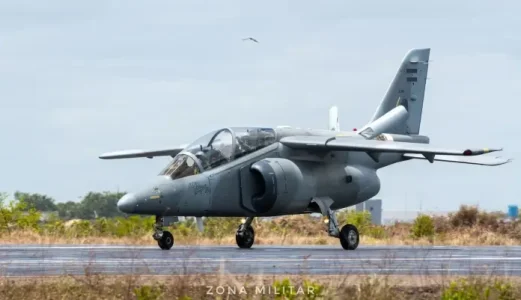
Credits: Nicolas Ramírez
At the same time, uncertainty persists over the future of the IA-100B Malvina. The aircraft, whose prototype was developed with funding from previous administrations and which recently completed its first flight, is conducting its first test flights with a view to its certification process. However, the Argentine Air Force has not yet made a decision regarding its acquisition. This situation calls into question the commercial viability of the system, as it will be difficult for an external user to incorporate it without validation from its own Air Force.
Finally, another critical point is the situation of the C-130 Hercules aircraft, a FAdeA line whose activity is currently reduced to a minimum. The three units located at the Cordoba factory raise questions about their availability for the upcoming 2025-2026 Antarctic Campaign, a strategic logistical event for Argentina's presence on the White Continent, which demands considerable effort from the FAA's C-130 fleet.
The new contract signed with FAdeA appears to be an opportunity to reactivate stalled programs, but its effectiveness will depend on the resolution of the structural problems affecting the factory and the political and administrative support received by the current agreement.

 www.zona-militar.com
www.zona-militar.com
By Editorial Staff - June 7, 2025
In recent days, the signing of a new contract was confirmed between the Argentine Aircraft Factory "Brigadier San Martín" (FAdeA) and the Argentine Air Force for the production of the IA-63 Pampa III advanced training aircraft and the modernization and maintenance of the Argentine Air Force's K/C-130H Hercules transport aircraft. The agreement, which still requires final administrative approval from the Ministry of Defense and the Chief of Staff, contemplates an investment of approximately $112 million. However, the history of unfulfilled contracts and the critical situation facing FAdeA raise doubts about the program's execution.
The contract provides for the completion of three new IA-63 Pampa III aircraft, the modernization of three units to Block II standards, and the maintenance of three C-130 Hercules. A 30% advance payment is included for the purchase of supplies and spare parts, with an estimated execution period of three years.
Since 2015, FAdeA has maintained a constant relationship with the Air Force regarding the Pampa III, although marked by interruptions, delays, and successive renegotiations. Among the factors affecting production are political changes, budgetary restrictions, and logistical problems. Within this framework, a dozen aircraft were delivered between 2015 and 2024, including both new and modernized units.
The current administration faces a particularly delicate situation. FAdeA is under a Preventive Crisis Procedure, with an 80% salary reduction and rotating 90-day suspensions. This situation compromises its operational capacity and puts pressure on compliance with the new contract, signed at the end of May. For the Ministry of Defense, the agreement also represents a political measure to stabilize the situation in the face of a visible conflict with the state-owned company.

Credits: Nicolas Ramírez
At the same time, uncertainty persists over the future of the IA-100B Malvina. The aircraft, whose prototype was developed with funding from previous administrations and which recently completed its first flight, is conducting its first test flights with a view to its certification process. However, the Argentine Air Force has not yet made a decision regarding its acquisition. This situation calls into question the commercial viability of the system, as it will be difficult for an external user to incorporate it without validation from its own Air Force.
Finally, another critical point is the situation of the C-130 Hercules aircraft, a FAdeA line whose activity is currently reduced to a minimum. The three units located at the Cordoba factory raise questions about their availability for the upcoming 2025-2026 Antarctic Campaign, a strategic logistical event for Argentina's presence on the White Continent, which demands considerable effort from the FAA's C-130 fleet.
The new contract signed with FAdeA appears to be an opportunity to reactivate stalled programs, but its effectiveness will depend on the resolution of the structural problems affecting the factory and the political and administrative support received by the current agreement.

Problemas presupuestarios en FAdeA complican la producción de IA-63 Pampa III y la modernización de K/C-130H Hércules para la Fuerza Aérea Argentina
En los últimos días, se confirmó la firma de un nuevo contrato entre la Fábrica Argentina de Aviones “Brigadier San Martín” (FAdeA) y la Fuerza Aérea


